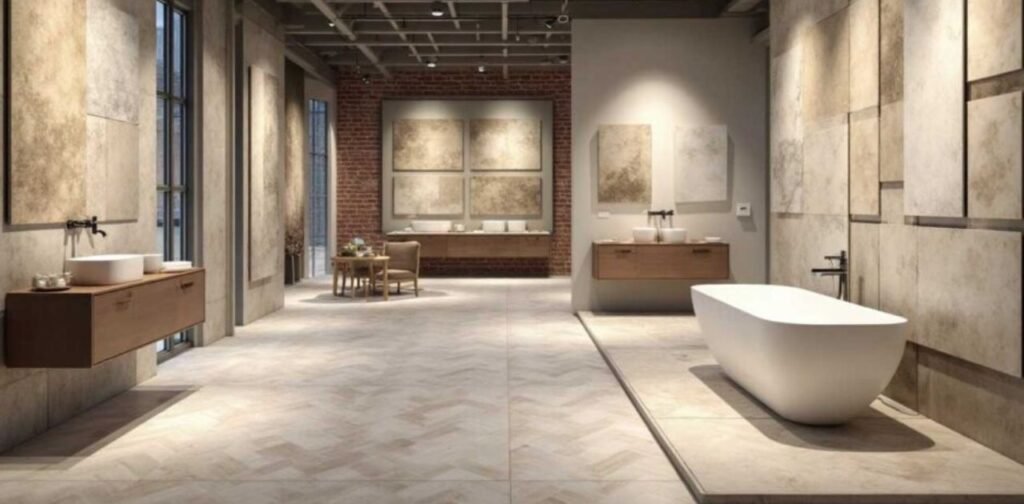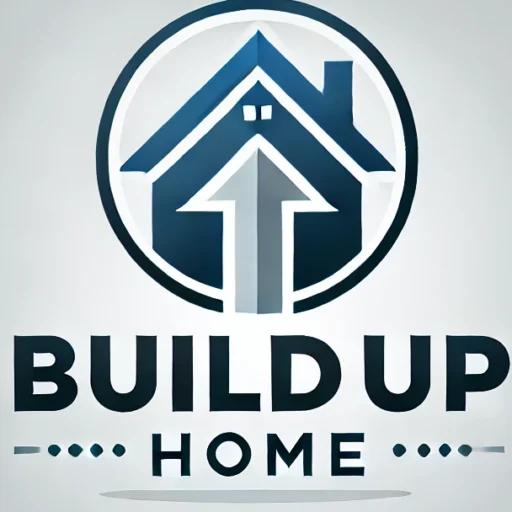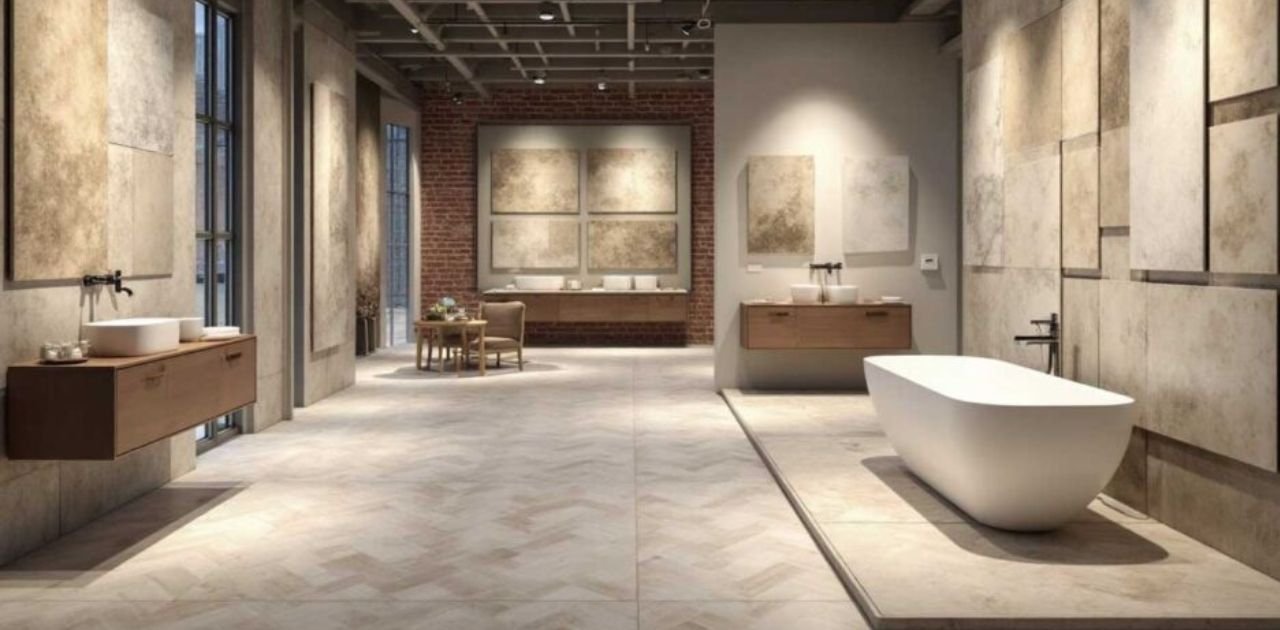
Introduction
Sodiceram has emerged as a top choice for homeowners and builders seeking flooring that combines elegance, durability, and practicality. Whether renovating a kitchen, living room, or bathroom, the right flooring can completely transform your space. Sodiceram stands out because it offers a balance of design, strength, and ease of maintenance.
In this guide, we’ll cover everything you need to know about Sodiceram flooring, including its benefits, types, installation methods, maintenance tips, and comparisons with other flooring options. By the end, you’ll understand why Sodiceram could be the perfect choice for your home improvement project.
What is Sodiceram?
Sodiceram is a type of engineered flooring that combines the strength of ceramic tiles with advanced manufacturing techniques. It is known for its durability, water resistance, and long lifespan, making it suitable for both residential and commercial spaces.
Unlike traditional tiles, Sodiceram is available in a variety of colors, patterns, and finishes, allowing homeowners to match their interiors effortlessly. Its versatility makes it a practical choice for areas with high foot traffic, such as kitchens, hallways, and commercial offices. With its combination of beauty and resilience, Sodiceram is increasingly becoming the preferred flooring solution for modern homes.
Benefits of Sodiceram Flooring
Durability and Longevity
Sodiceram is designed to withstand heavy use without cracking or losing its visual appeal. Its high resistance to scratches and wear makes it ideal for busy households and commercial spaces. This ensures your flooring remains intact and beautiful for many years.
Aesthetic Appeal
Available in a wide range of colors, patterns, and textures, Sodiceram can enhance the look of any room. Whether your interior is modern, classic, or minimalist, Sodiceram adds elegance and complements your home décor seamlessly.
Low Maintenance
One of the main advantages of Sodiceram is its ease of maintenance. Regular sweeping and mopping are enough to keep it clean. Its resistance to moisture and stains also makes it suitable for kitchens, bathrooms, and laundry areas.
Cost-Effectiveness
While the initial cost may be slightly higher than some alternatives, Sodiceram’s durability and low maintenance make it a cost-effective flooring choice over time. Homeowners save money on repairs and replacements, making it a wise investment.
Types of Sodiceram Flooring
Glazed Sodiceram Tiles
These tiles feature a protective glazed layer that enhances color depth and adds a polished look. They are easy to clean and resistant to stains, ideal for indoor spaces.
Polished Sodiceram Tiles
Polished tiles offer a smooth and reflective surface that creates a luxurious feel. They are perfect for living rooms and commercial areas that require a sophisticated appearance.
Matt Finish Sodiceram Tiles
Matte tiles provide a subtle, non-reflective finish. They are suitable for high-traffic areas and offer extra slip resistance, making them a safe choice for households with children or elderly members.
Installation Process of Sodiceram Flooring (200 words)
Preparing the Surface
Proper preparation is key for long-lasting flooring. Ensure the surface is clean, dry, and level. Any unevenness can affect the durability and appearance of the tiles.
Laying the Tiles
Apply adhesive or mortar evenly, and place tiles carefully. Leave consistent gaps for grouting. A professional installer can ensure precise alignment and prevent common mistakes.
Grouting and Finishing
Fill gaps with grout and seal it to prevent moisture penetration. This step protects the tiles and provides a polished, finished look that enhances the overall appearance of your flooring.
Maintenance Tips for Sodiceram Flooring
- Sweep or vacuum daily to remove dust and debris.
- Mop with mild detergent; avoid harsh chemicals that can damage the surface.
- Clean spills immediately to prevent stains.
- Inspect tiles periodically for cracks or loose areas and repair promptly.
- Avoid dragging heavy furniture across the floor to prevent scratches.
These simple maintenance steps will help your Sodiceram flooring remain attractive and functional for years.
Sodiceram vs. Other Flooring Options
Sodiceram vs. Ceramic
Sodiceram is generally more resistant to moisture and scratches. Its wide design options allow for more modern and versatile interior looks.
Sodiceram vs. Vinyl
Vinyl is cheaper and easier to install but lacks the durability and premium look of Sodiceram.
Sodiceram vs. Wood
Wood offers warmth and natural charm but requires more maintenance and is susceptible to moisture damage. Sodiceram offers a practical, long-lasting alternative without compromising style.
Common Mistakes to Avoid with Sodiceram Flooring
- Skipping surface preparation before installation.
- Using harsh cleaning chemicals that degrade tiles.
- Ignoring manufacturer instructions for grout and sealants.
- Attempting DIY installation without the proper tools or knowledge.
Avoiding these mistakes ensures your flooring retains its appearance and durability for years.
Conclusion
Sodiceram flooring combines durability, style, and practicality. Its versatile designs, low maintenance, and long lifespan make it an excellent choice for modern homes. Whether renovating your living space or planning a new build, Sodiceram offers elegance and resilience that lasts.
At Built-up Home, we provide expert guidance to help you select the perfect Sodiceram flooring. Explore our options today and transform your space with this exceptional flooring solution.
Frequently Asked Questions (FAQs) About Sodiceram Flooring
What is Sodiceram flooring made of?
Sodiceram is made from a blend of natural minerals, clay, and advanced manufacturing materials. This combination creates a durable, water-resistant, and long-lasting flooring solution suitable for both residential and commercial spaces.
How long does Sodiceram flooring last?
With proper installation and maintenance, Sodiceram flooring can last 20–30 years or more. Its resistance to scratches, cracks, and moisture ensures a long lifespan, even in high-traffic areas.
Is Sodiceram easy to maintain?
Yes! Sodiceram is low-maintenance. Regular sweeping and mopping with mild detergent are sufficient. Avoid harsh chemicals, and promptly clean spills to keep the floor looking new.
Can Sodiceram be used in bathrooms and kitchens?
Absolutely. Sodiceram’s water-resistant properties make it ideal for wet areas like bathrooms and kitchens. Its stain resistance also helps maintain a clean appearance.
How does Sodiceram compare to ceramic or wood flooring?
Sodiceram is more durable and moisture-resistant than wood and often offers more design options than standard ceramic tiles. It requires less maintenance than wood and can last longer than both options when installed correctly.
Can I install Sodiceram flooring myself?
While DIY installation is possible, professional installation is recommended for best results. Proper surface preparation, alignment, and grouting are crucial to ensure long-term durability.
Is Sodiceram flooring eco-friendly?
Many Sodiceram tiles are made from natural materials and can be recycled. Look for certified eco-friendly options if sustainability is a priority.

